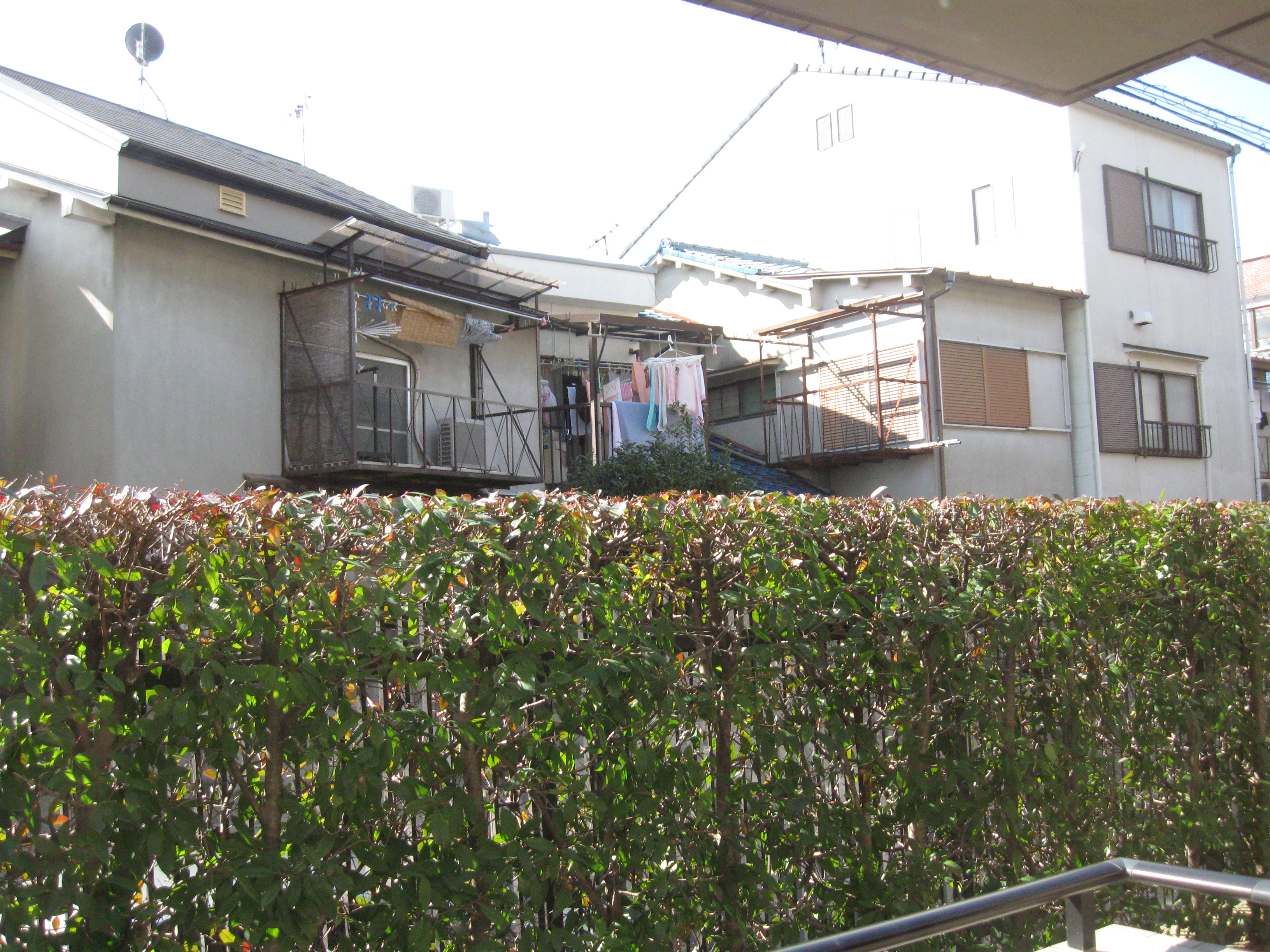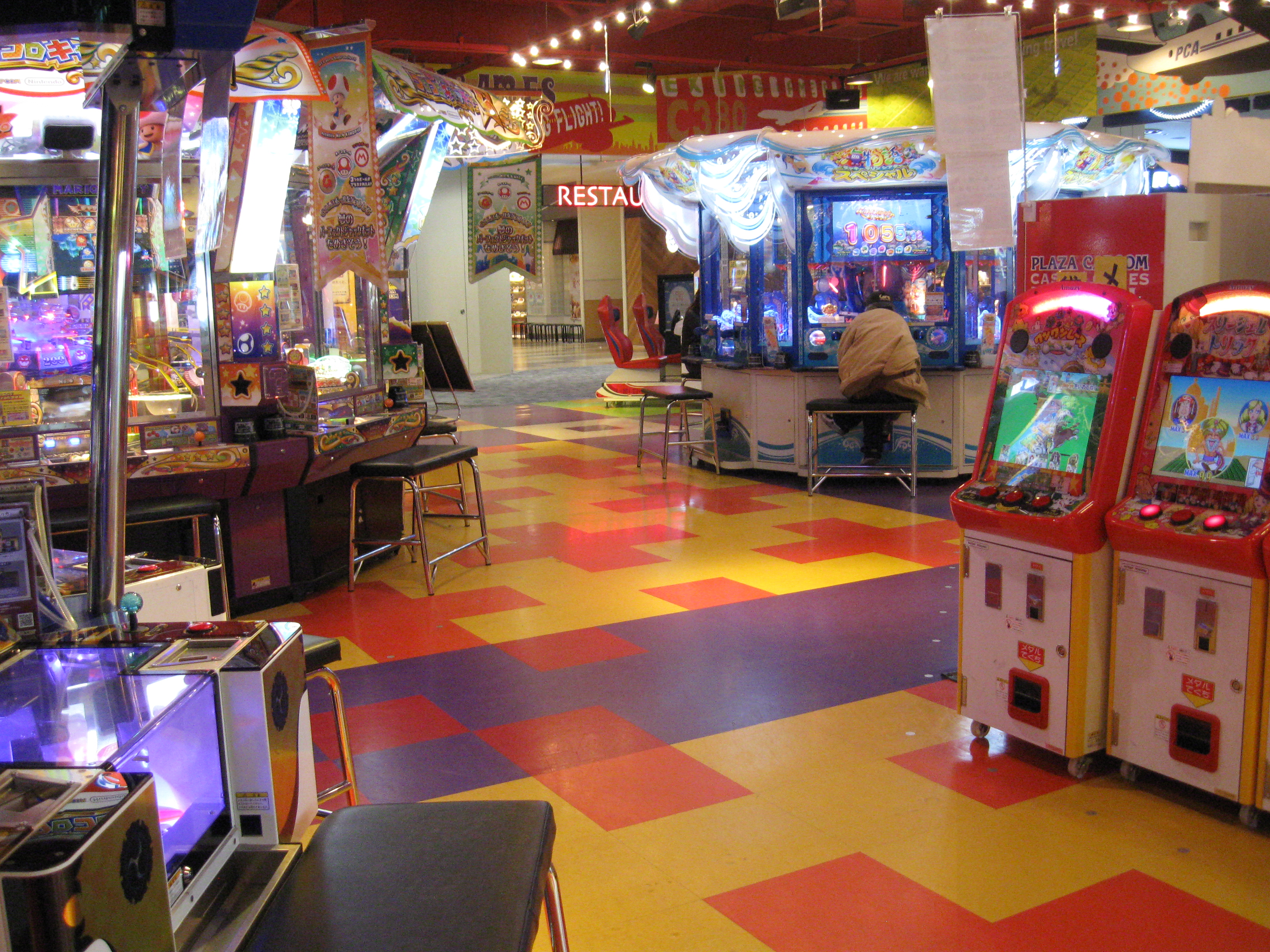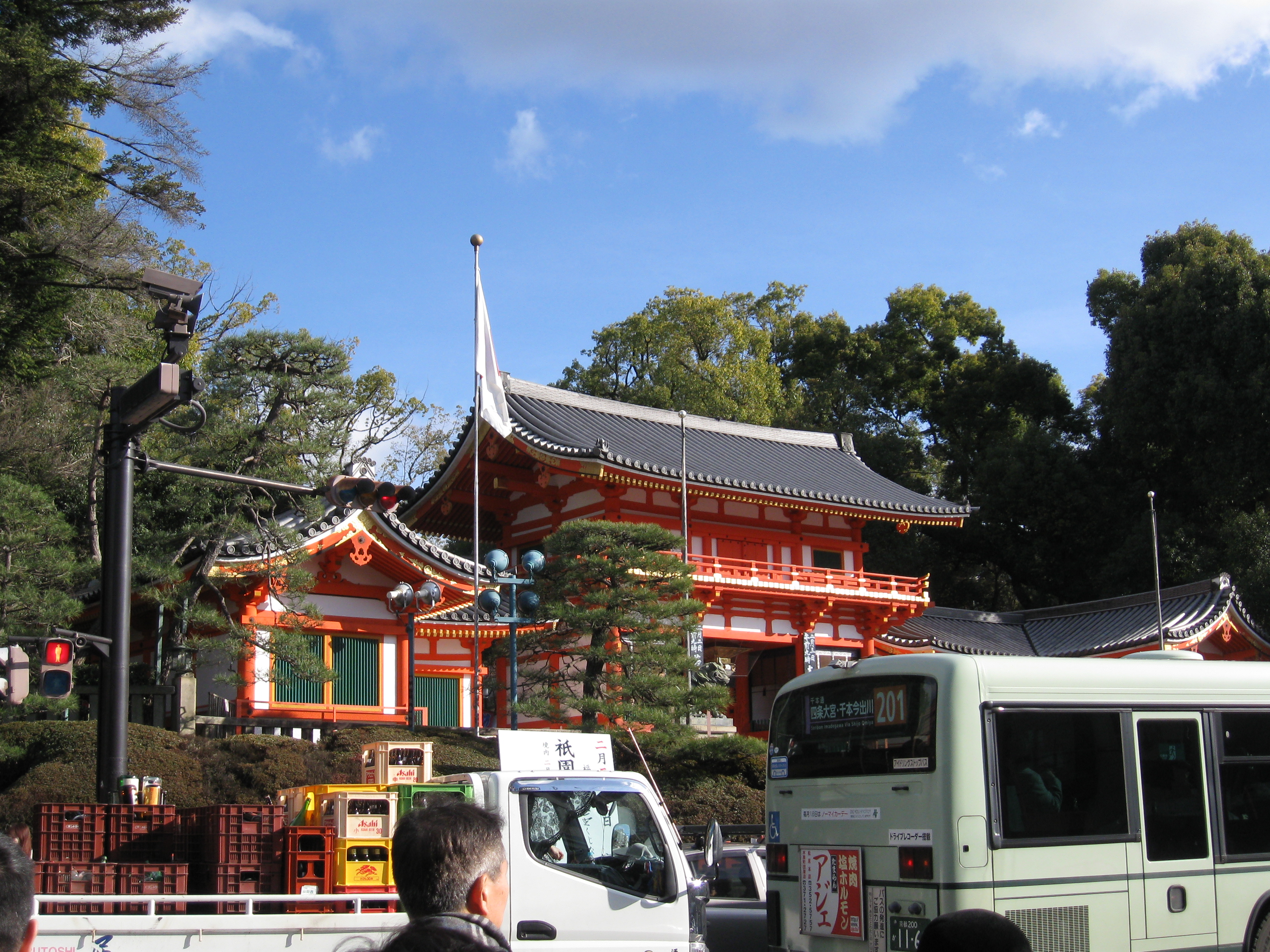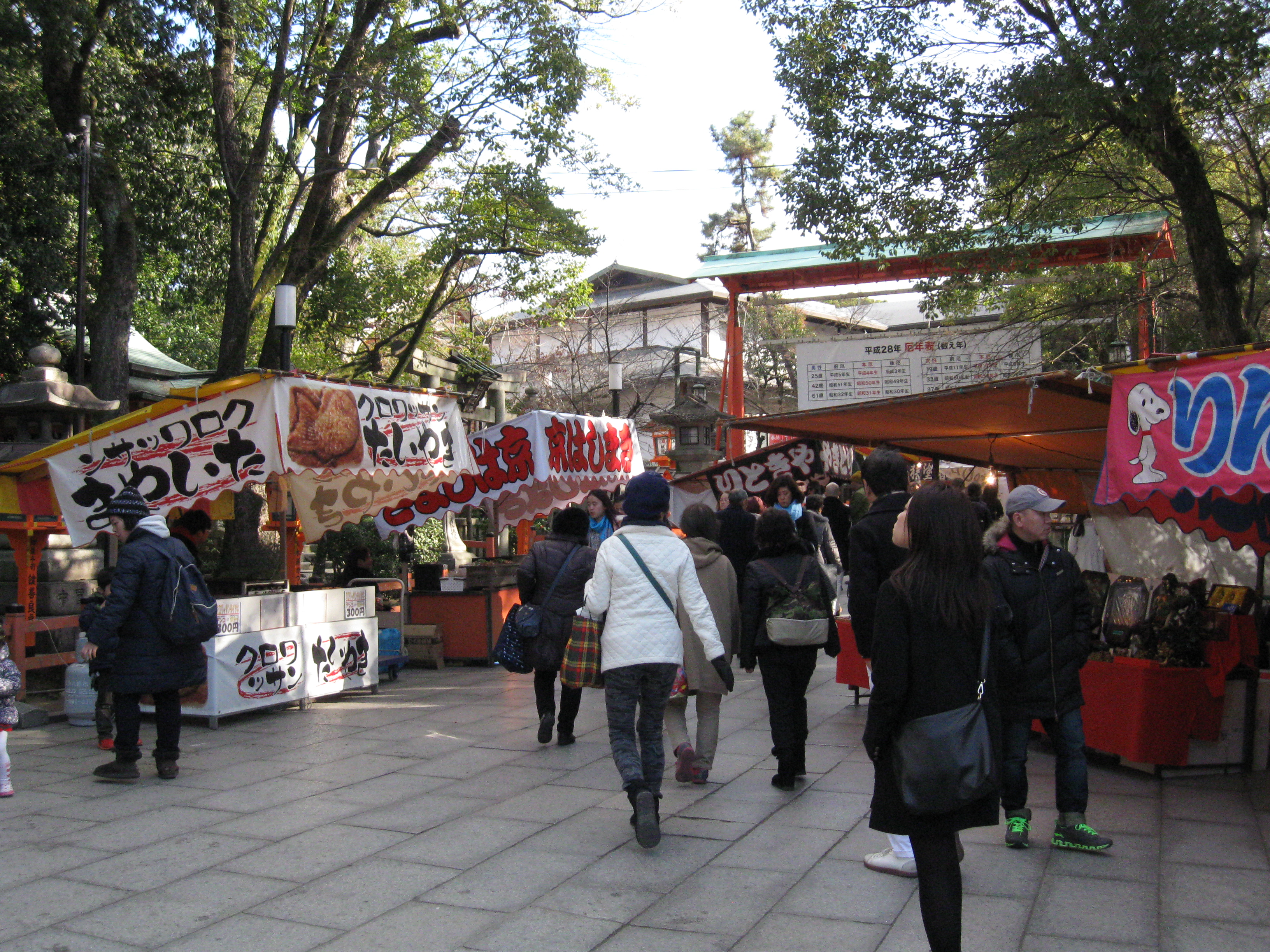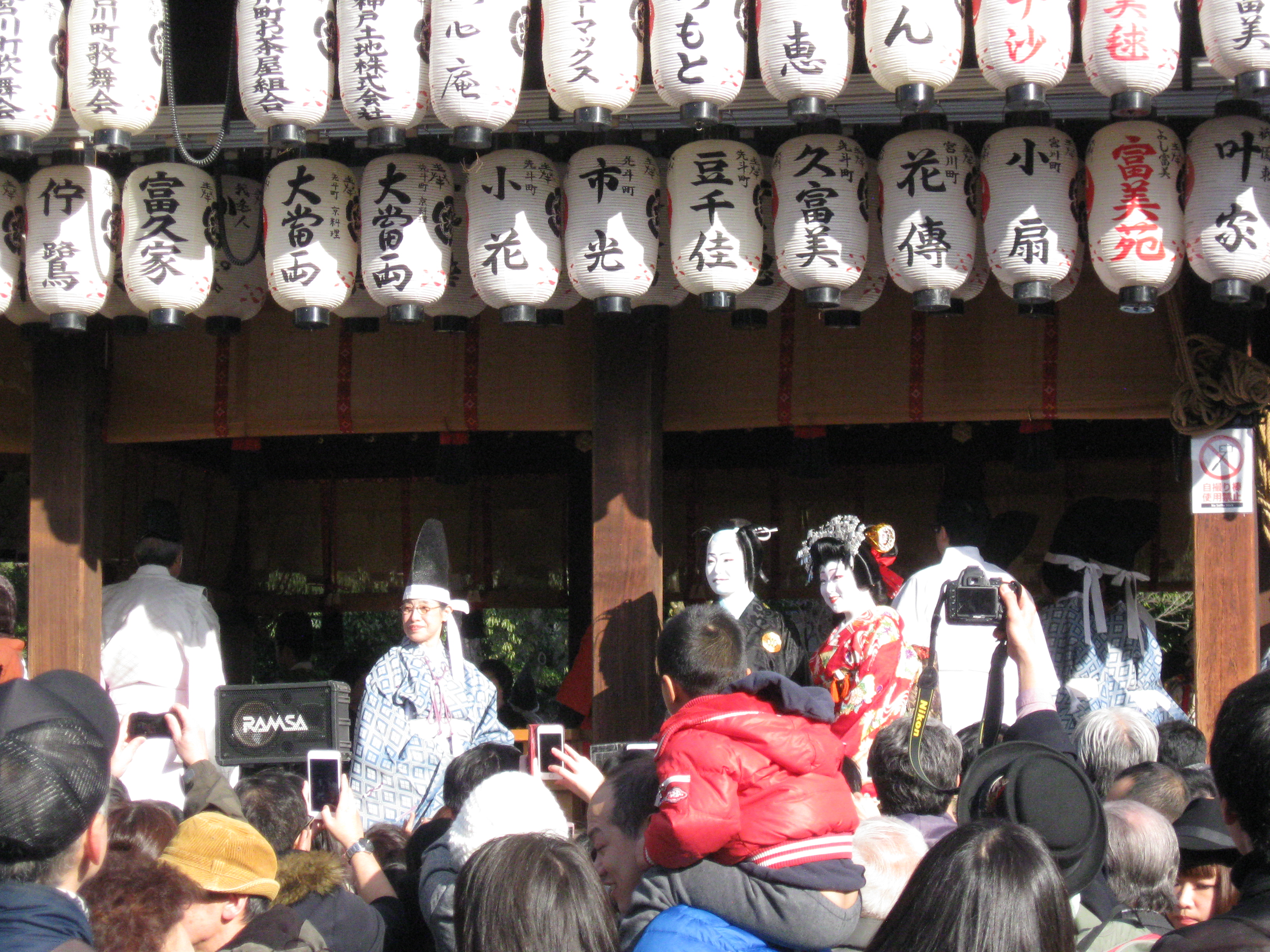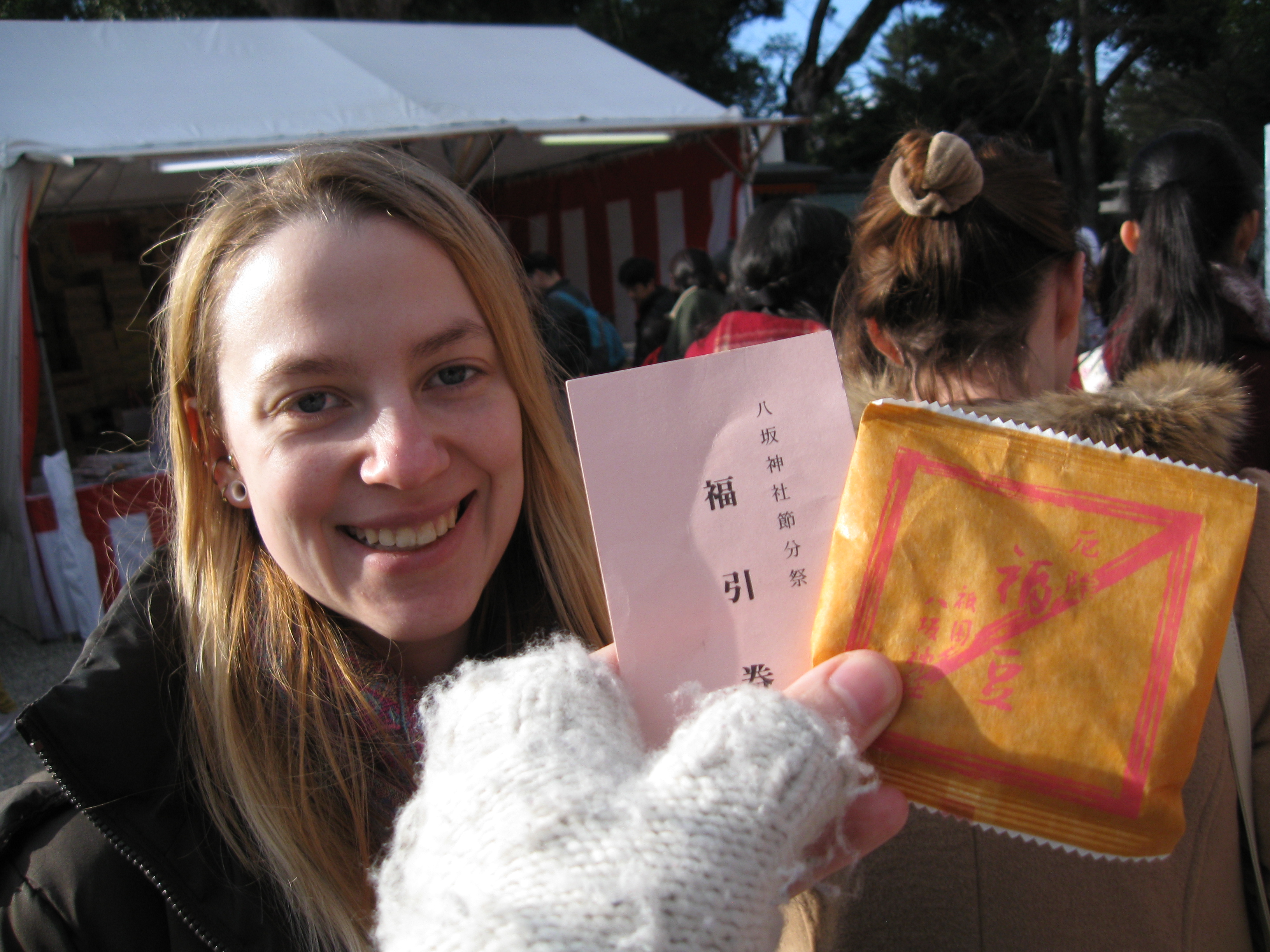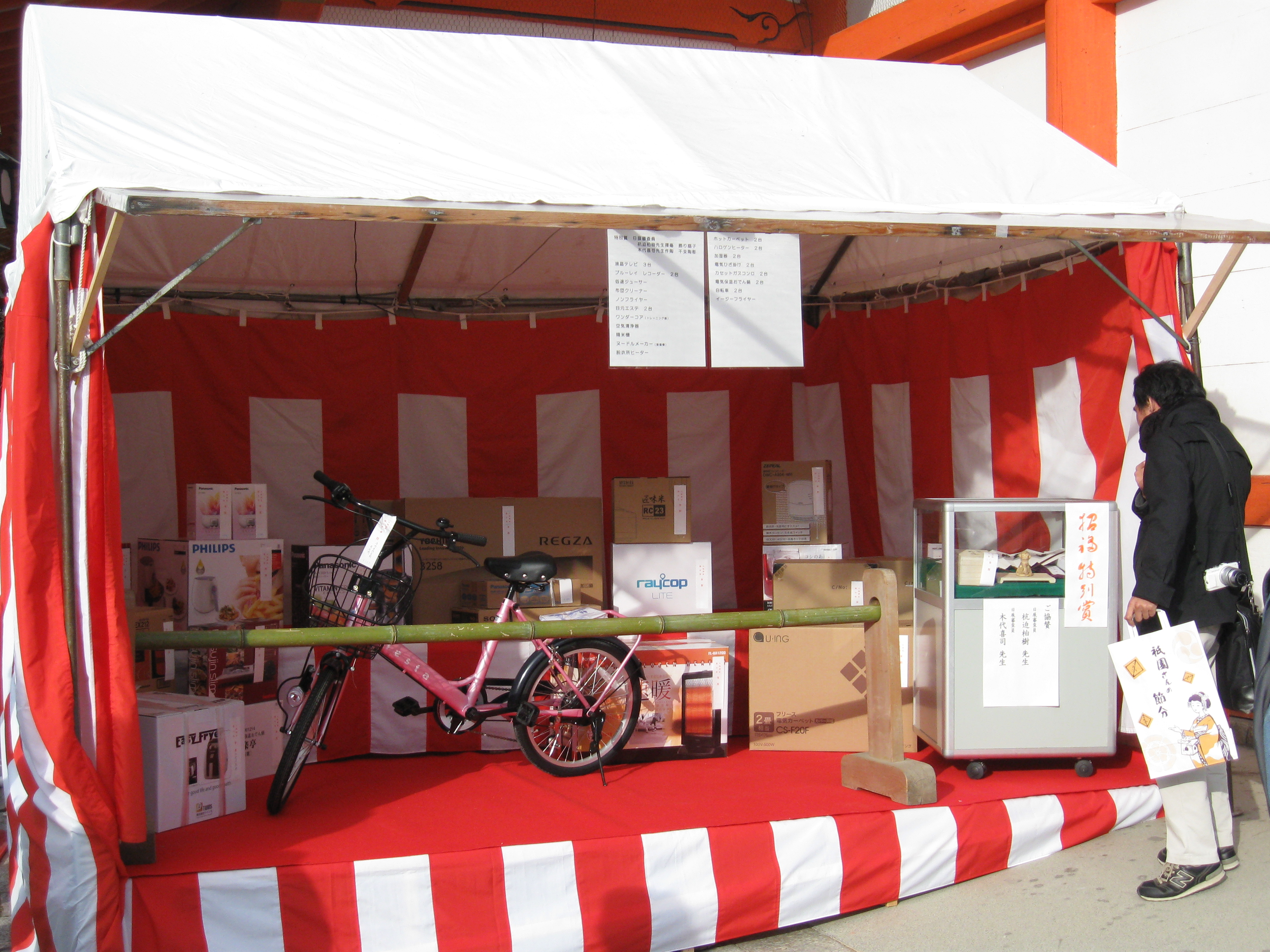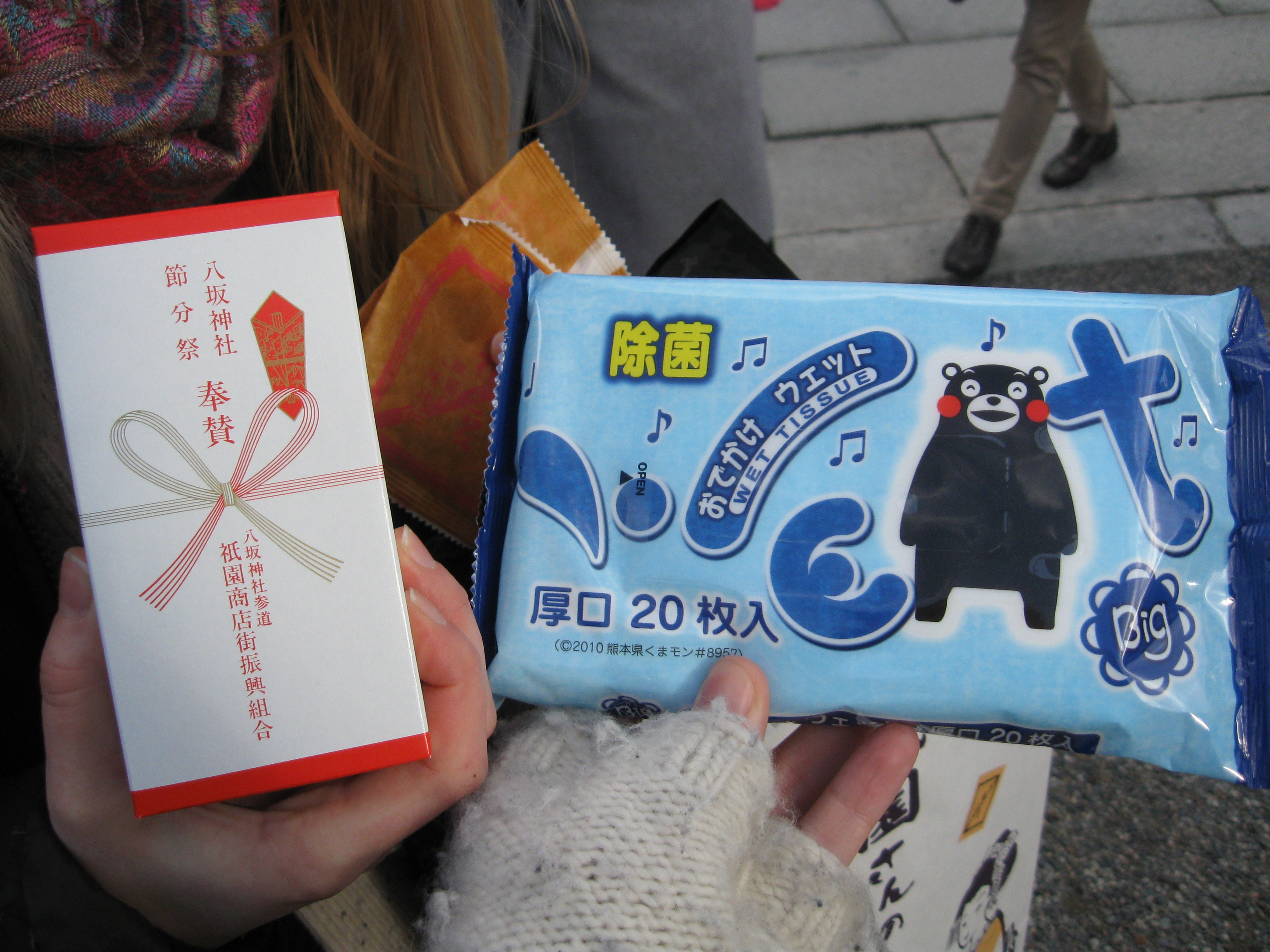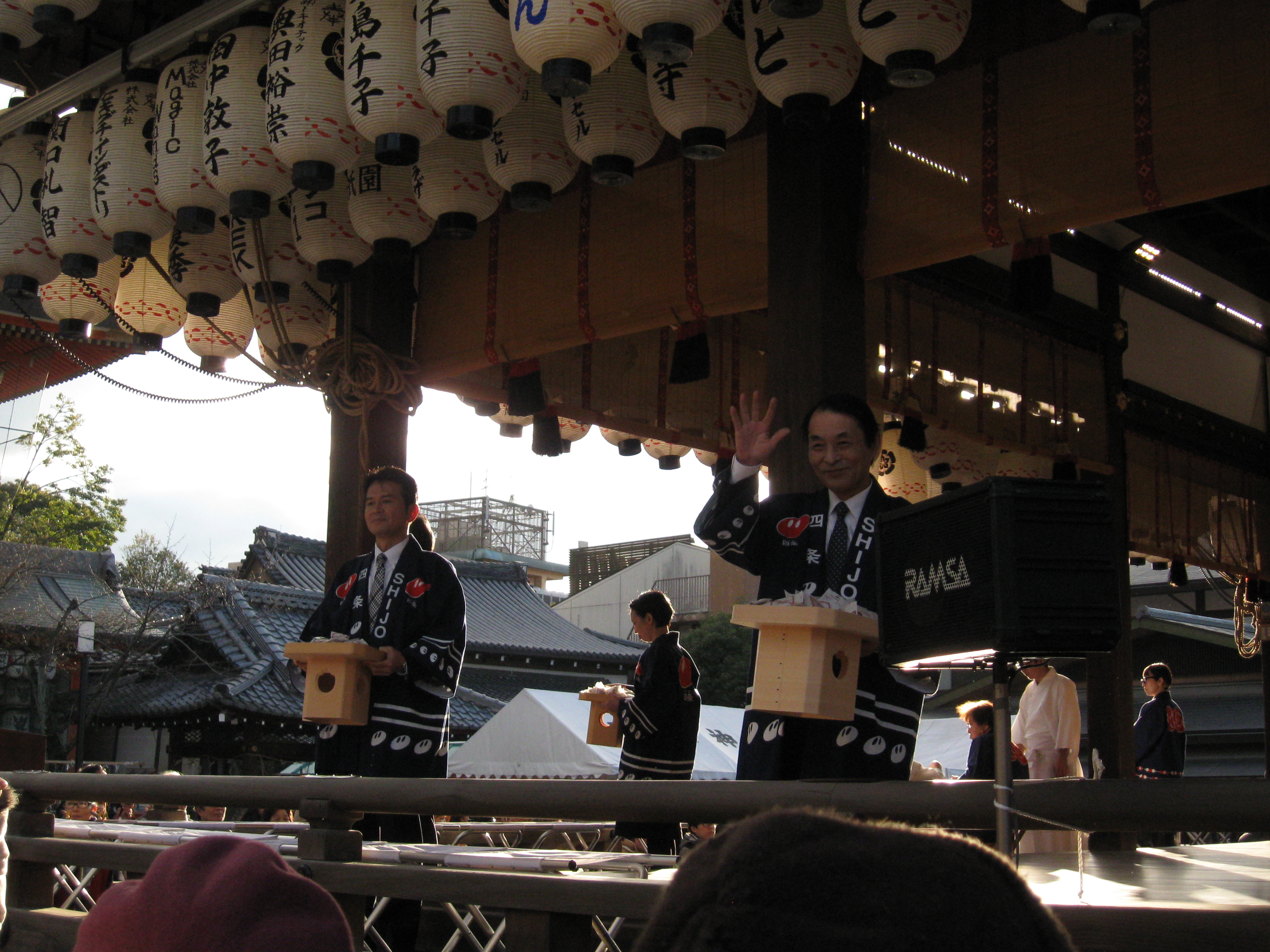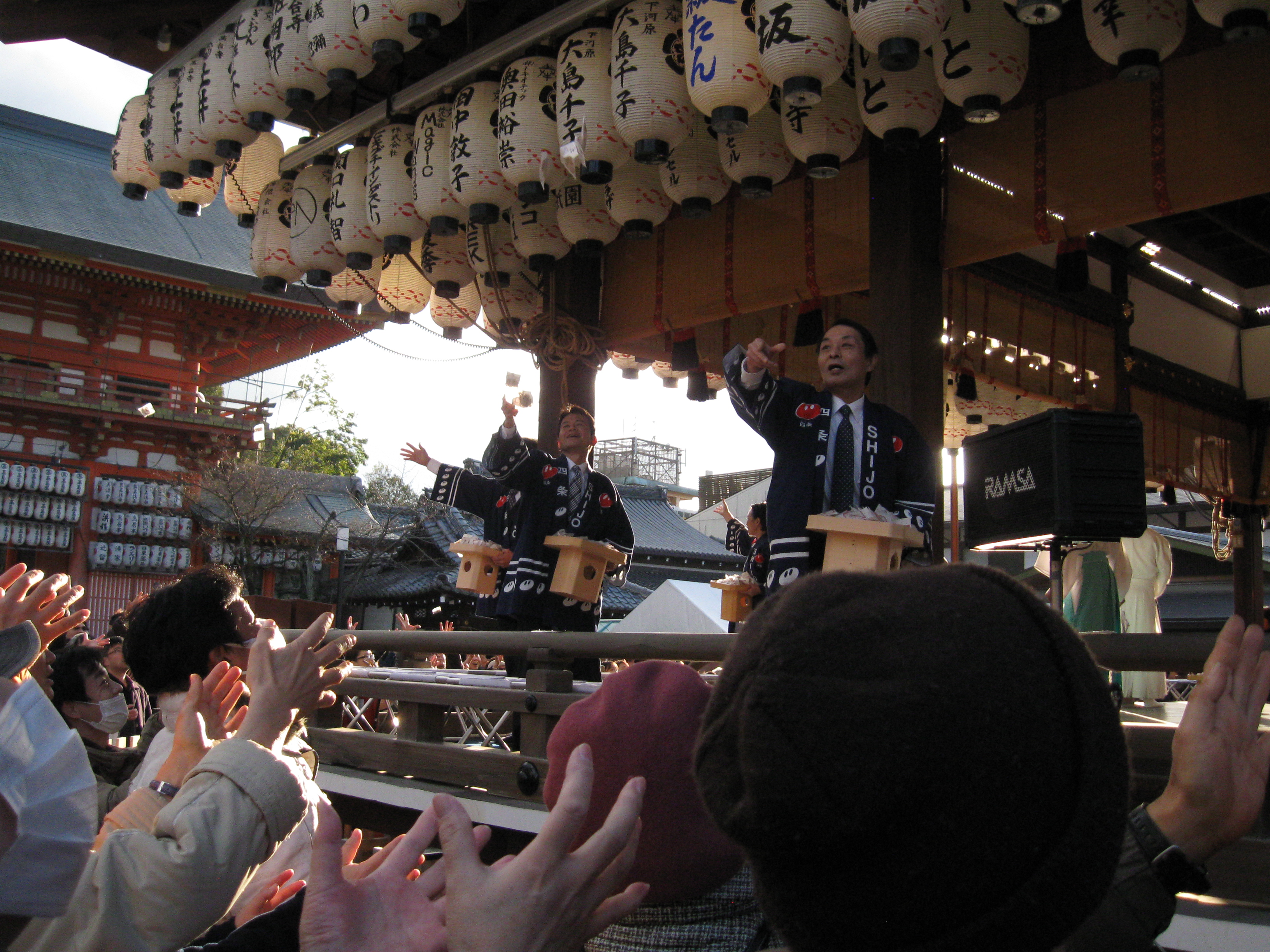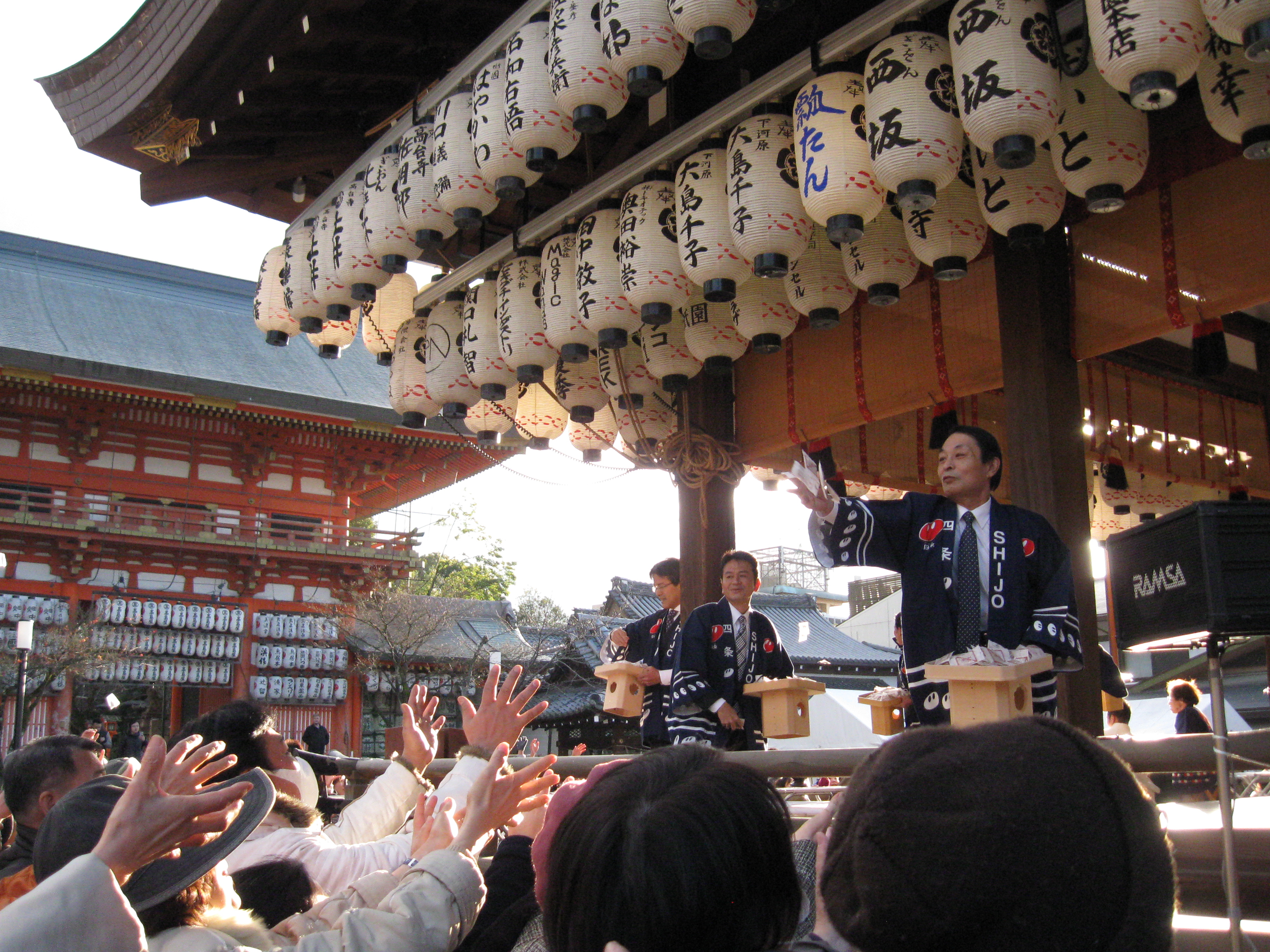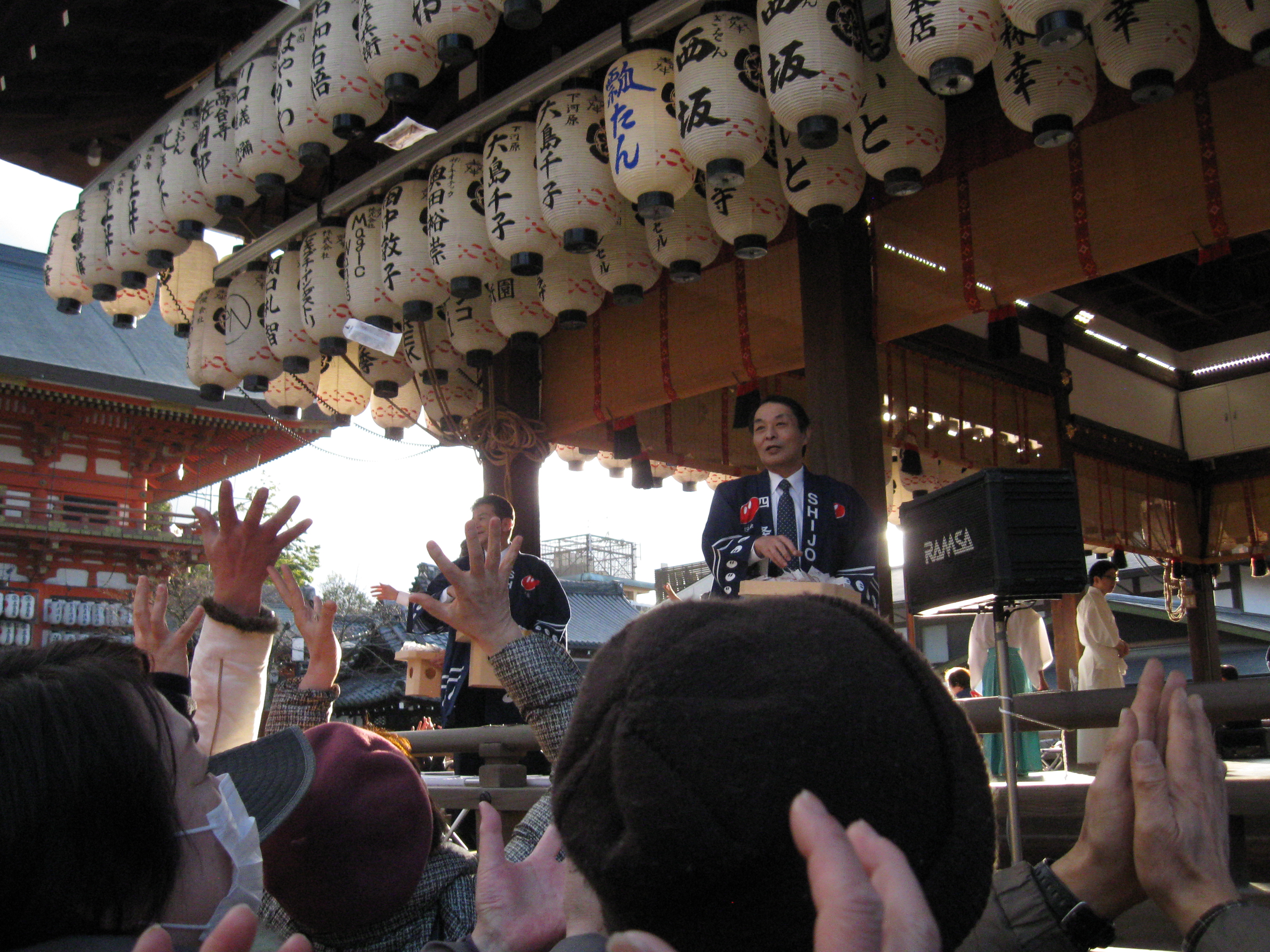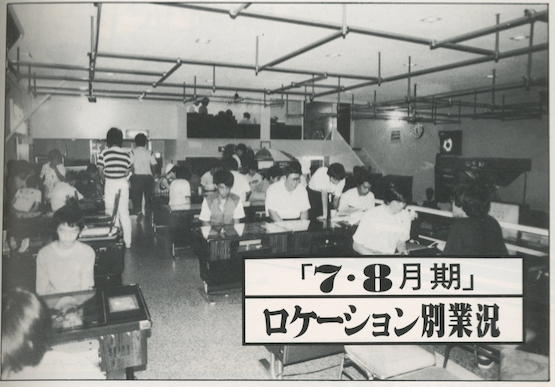Released on December 6 1993, Virtua Fighter was the most popular fighting game of 1994; it was far ahead of its competition (Super Street Fighter II) on the technical front, and made a big impression amongst gamers and journalists. However, the game was what we can call a « late bloomer » in the game center industry. While typical successful titles hit the top position in popularity charts almost at the moment of their release, Virtua Fighter staying under the radar for about a month after its release. A lot of factors may explain this, but according to some research in RCGS’s archives, the design of the cabinet into which the game was installed played a significant role.
It has become clear to me that Virtua Fighter is a good example to put emphasis on the relation between social affordances and cabinet design; the game ran onto two different cabinet designs implemented at different times, but that were still present in games centers in parallel to each other. One can make the case that each had its own role to attract different audiences, and that these cabinets generated different affordances that resonated well with certain crowds. In other words, the play experience and the social affordances that these two models generated were completely different.
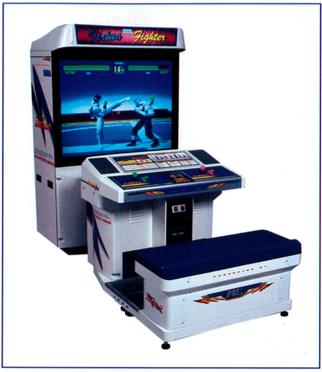
Super Megalo 50 (picture from Virtua Fighter Maniacs)
Virtua Fighter was first released on a modified version of the Super Megalo 50, a very large cabinet made of two distinct parts: a 50-inch screen and a separate installation that combined both the commands and the seats. The two parts could be placed at various distances from each other. Essentially, two players would sit side-by-side and battle each other within a relatively close space. When the game was first released in this fashion, advertisement campaigns publicized the cabinet’s impressive screen size as much as the game’s technical innovations (the first polygon-based fighting game).
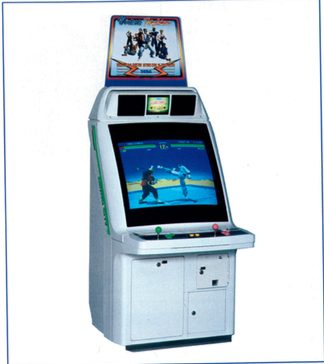
Astrocity 2 (picture from Virtua Fighter Maniacs)
A month later, Sega released Virtua Fighter for a modified version of the Astrocity 2 cabinet, a standard competition cabinet (taisendai). The screen was much smaller and a separate bench was required to play, and while two sets of controls were installed on the machine, it was more commonly in tandem with another similar unit installed directly behind the cabinet. Both machines were connected via network, and players could play together on two different units. It is at this point that Virtua Fighter took game centers by storm, and dominated the fighting game scene until November of 1994.
According to Game Machine (which ranks games according to the number of machine sold and the general « impression » expressed by the operators surveyed), the evolution of the bimonthly raking of Virtua Fighter is very different according to the cabinet it was shipped in. The Super Megalo 50 version started in first position in the first week, but dropped to second place two weeks after, never to recover again. Game Machine ranks games according to cabinet type and provides a better idea than Coin Journal‘s monthly ranking, which does not make any distinction between them (its ranking system is also very subjective, but that’s a story for another day). However, the latter conducts more precise interviews with operators, and in a specific interview, the reporter states that the introduction of the Astrocity 2 version of the game, along with a slightly better presence in game centers, turned the title from a moderately interesting game to a great crowd pleaser, and that, a month after the release of the second cabinet. A look at Game Machine‘s 1994 ranking confirms that the Astrocity 2 version remains in top position during the year, while the Super Megalo 50 gradually drops lower in the top 15 in its category (it would come back in first position only for two weeks in June of that year).
This story is confirmed in many players and journalist’s accounts of the era where one can read that sitting on a single bench at a machine was a little embarrassing with strangers, especially when matches were one sided. While no sources directly confirms it, it is reasonable to assume that a very different type of crowds made use of the Super Megal0 50 version of Virtua Fighter, people whose purpose in going to the arcade (their « trajectories » as Doreen Massey) was much more compatible with the social affordances of the machine (users’ responses to close-proximity play and its high potential for performing to a crowd is more adapted to players familiar with their opponent). These would have been very different than the socialization patterns that normally characterize game cabinets when the identity of the opponent is often unknown. This is most likely why « power gamers » and beginners felt uneasy using the bigger cabinet; while the game was similar, the social affordances of the cabinet designs were very different.


